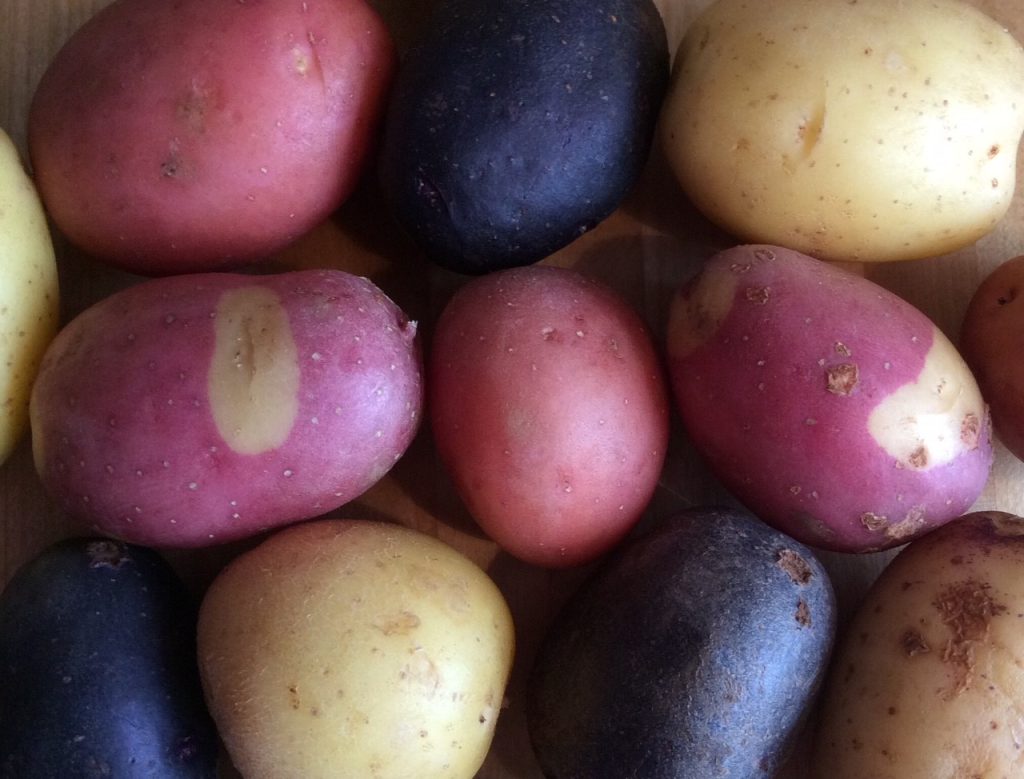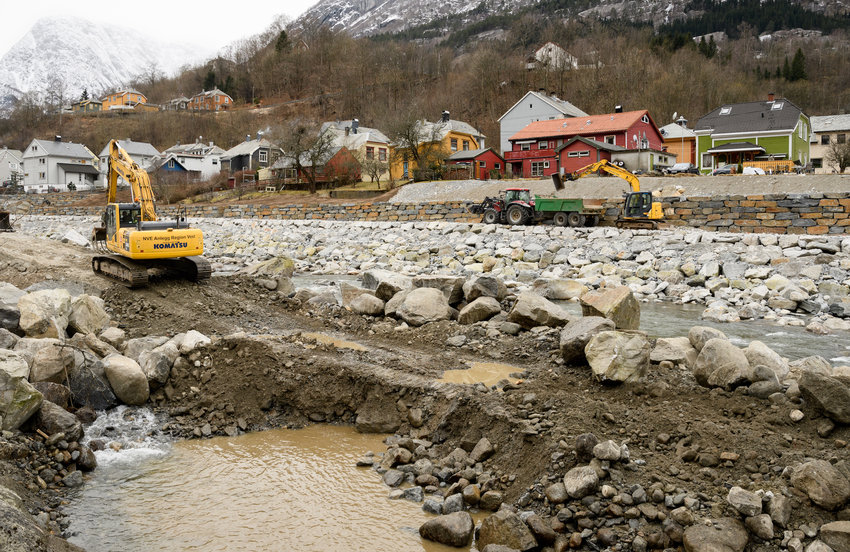What will the climate look like in Norway in the future? Will the seasons change? How will that affect Norwegian agriculture? These are some of the questions Climate Futures is trying to answer through a pilot project about developing the crops of the future.

Background
Climate Futures works with weather- and climate forecasts on a time scale between 10 days and 10 years. Hence, these forecasts go beyond the weather forecast you typically see on the news and yr.no, but they are on a shorter time scale than the climate predictions you use for looking at climate scenarios for example for the year 2100. Read more about how we make our forecasts here.
Norway is a long and narrow country, and the climate in Finnmark is very different from Kristiansand. Consequently, you cannot farm in the same way in the different regions. Graminor is working to develop plant cultivars for 13 different crops – from red clover to potatoes, and they want to implement climate factors in their models so they can make cultivars that also perform well in future climates. The goal is to develop cultivars for the different climates in different parts of Norway.
The Potato of the Future
Climate Futures has around 30 pilot and longer strategic projects going in the different nodes. The pilot projects are preliminary research to test ideas that can potentially develop into bigger research projects. The pilot project “Framtidens potet” (English: The potato of the future) is about figuring out what the potato of the future will look like genetically. Today we have plant cultivars that are adapted to Norwegian conditions, but what does “Norwegian conditions” really mean in a changing climate? How can we prepare for the changes that are coming in a way that ensures our ability to grow potatoes in the future that are adapted to these conditions? When the climate is getting warmer, will it for example be possible to grow potato types in northern Norway that we grow in southern Norway today? These are some of the questions we are looking into in this pilot project.
The project is a part of the node Sustainable Food Production and is a good example of cooperation between our user partners and research partners. Graminor will develop the cultivars, but they need to know what the most likely climate for Norway is going to be in the next few years. The statisticians at the Norwegian Computing Centre (NR) can help them with this. In the project, they will estimate which type of climate the potato of the future will probably face, and then cross different types of potatoes and find out which qualities the potato will need to perform in this kind of climate. The process of plant breeding takes several years, so the more information you have about how the climate in Norway is likely to be in the future, the better.
Results and the Road Ahead
Graminor wants to include climate in their plant breeding. We can for example use machine learning to do this, which is a statistical method where computers find patterns in large amounts of data. Additionally, we can ask the question: are there any areas in the world today that represent the climate we will probably have in Norway in the future? If yes, we can take the information from plant cultivars that thrive in these areas and use the information to develop cultivars that will perform well in Norway in the future. Further, we can try to cross potatoes with one desired quality, for example, adapted to temperature variation, with another desired quality, for example, adapted to precipitation. The result can be potatoes that have both desired qualities from the “parents”. To do this we need to predict the most likely climate for Norway in the future and find out where in the world these conditions exist today.
First, Graminor needs to gather DNA from their potato crops. Second, historical climate- and environment data need to be collected. Finally, NR can put these factors together in a model that will be able to predict how well the current and future cultivars will perform in the different climates in Norway. That is the goal for this pilot project, which will run for 2 years.
Partners involved
Norsk Regnesentral (NR) does research within statistical modelling, machine learning, and ICT. NR has one of Europe’s biggest research communities within statistics and works within several sectors, including climate and environment.
Graminor AS was established in 2002 with the vision of leading the development of improved plant cultivars for the Norwegian and Nordic growing conditions. They are the only plant breeding company in Norway and work with 13 different crops in 6 breeding programs.

